Sex. Yes Or No? How To Know If You Aren’t Quite Ready
Sex. Yes or No? How to Know if You Aren’t Quite Ready

Sex: the thing that takes up the least amount of time and causes the most amount of trouble.” — John Barrymore
When I was in high school, I dated often. A cute guy would ask me out, and I would pretend to think about it and say I had to make sure I didn’t already have plans. Of course, I never had plans and always said yes. I would wait for Friday to come with great anticipation and spend hours getting ready.
The date would start off fine, General chit chat about school, homework, teachers, and whatnot kept us busy followed by a movie or maybe we’d hang out at the local hang-out spot with friends.
I always had to be home by midnight, and the end of the date was inevitable. Kissing, wandering hands, clothes in disarray, the usual pre-sex stuff was to be expected. I knew the point would come though when I would want to say no, and he would be taking me home.
I always wondered what was going through my date’s minds when they dropped me off. I knew two things for certain. I wouldn’t be asked out on a second date, and he wouldn’t have any conquests to share with the boys on Monday morning at school.
I was happy to wait. I knew I wasn’t ready because the thought of having sex with my date, any of my dates, made me want to run the other way. Then I fell in love and everything changed.
You are Uncomfortable Talking About Sex
If you can’t talk about the ins and outs (no pun intended) of a sexual relationship, the odds are that you are not ready to be in one. If you get anxious and uncomfortable or avoid the topic altogether, then you should wait to have sex.
A sexual relationship requires…….
Continue Reading Here
More Posts from Karlfelersii and Others

Go hygiene!
C. Diff Infections Are Falling, Thanks To Better Cleaning And Fewer Antibiotics
The risk of getting a deadly, treatment-resistant infection in a hospital or nursing home is dropping for the first time in decades, thanks to new guidelines on antibiotic use and stricter cleaning standards in care facilities.
The rate of new Clostridium difficile or C. diff infections climbed year after year from 2000 to 2010, researchers found. But an early look at 2011-2014 data from the Centers for Disease Control and Prevention’s Emerging Infections Program suggests infection rates are improving.
“Preliminary analyses suggest a 9 to 15 percent decrease in health care [C. diff] incidence nationally,” says Dr. Alice Guh, a medical officer at the CDC. “It’s very encouraging, but there’s still a lot to do.”
C. diff infections, which rose for decades, are now falling, according to the CDC. David Phillips/Science Source

Making A.I. Systems that See the World as Humans Do
A Northwestern University team developed a new computational model that performs at human levels on a standard intelligence test. This work is an important step toward making artificial intelligence systems that see and understand the world as humans do.
“The model performs in the 75th percentile for American adults, making it better than average,” said Northwestern Engineering’s Ken Forbus. “The problems that are hard for people are also hard for the model, providing additional evidence that its operation is capturing some important properties of human cognition.”
The new computational model is built on CogSketch, an artificial intelligence platform previously developed in Forbus’ laboratory. The platform has the ability to solve visual problems and understand sketches in order to give immediate, interactive feedback. CogSketch also incorporates a computational model of analogy, based on Northwestern psychology professor Dedre Gentner’s structure-mapping theory. (Gentner received the 2016 David E. Rumelhart Prize for her work on this theory.)
Forbus, Walter P. Murphy Professor of Electrical Engineering and Computer Science at Northwestern’s McCormick School of Engineering, developed the model with Andrew Lovett, a former Northwestern postdoctoral researcher in psychology. Their research was published online this month in the journal Psychological Review.
The ability to solve complex visual problems is one of the hallmarks of human intelligence. Developing artificial intelligence systems that have this ability not only provides new evidence for the importance of symbolic representations and analogy in visual reasoning, but it could potentially shrink the gap between computer and human cognition.

(Image caption: An example question from the Raven’s Progressive Matrices standardized test. The test taker should choose answer D because the relationships between it and the other elements in the bottom row are most similar to the relationships between the elements of the top rows)
While Forbus and Lovett’s system can be used to model general visual problem-solving phenomena, they specifically tested it on Raven’s Progressive Matrices, a nonverbal standardized test that measures abstract reasoning. All of the test’s problems consist of a matrix with one image missing. The test taker is given six to eight choices with which to best complete the matrix. Forbus and Lovett’s computational model performed better than the average American.
“The Raven’s test is the best existing predictor of what psychologists call ‘fluid intelligence, or the general ability to think abstractly, reason, identify patterns, solve problems, and discern relationships,’” said Lovett, now a researcher at the US Naval Research Laboratory. “Our results suggest that the ability to flexibly use relational representations, comparing and reinterpreting them, is important for fluid intelligence.”
The ability to use and understand sophisticated relational representations is a key to higher-order cognition. Relational representations connect entities and ideas such as “the clock is above the door” or “pressure differences cause water to flow.” These types of comparisons are crucial for making and understanding analogies, which humans use to solve problems, weigh moral dilemmas, and describe the world around them.
“Most artificial intelligence research today concerning vision focuses on recognition, or labeling what is in a scene rather than reasoning about it,” Forbus said. “But recognition is only useful if it supports subsequent reasoning. Our research provides an important step toward understanding visual reasoning more broadly.”

Can we teach computers how to smell?
Researchers from IBM and Rockefeller University are trying to sniff out the answer. Smell may be the least understood of the five senses, so the team trained software to identify scents in order to learn more about how our brains perceive them. Their results prove for the first time that a scent can be predicted based on its molecular structure. Ultimately, as their database of scents grows, the predictions will become even more on the nose.
Learn how they did it →
11 TIPS TO OVERCOME NEGATIVE THOUGHTS

Are you tired of negative thoughts? Always thinking of your imperfections? Constantly thinking something will go wrong? That no one loves you? Losing your mind over criticism? Spending hours telling yourself how worthless you are and comparing your life to others? Are you missing out on opportunities due to your pessimistic thoughts? Is your life spiraling down due to this?
Continue reading here: https://www.psych2go.net/11-tips-overcome-negative-thoughts/
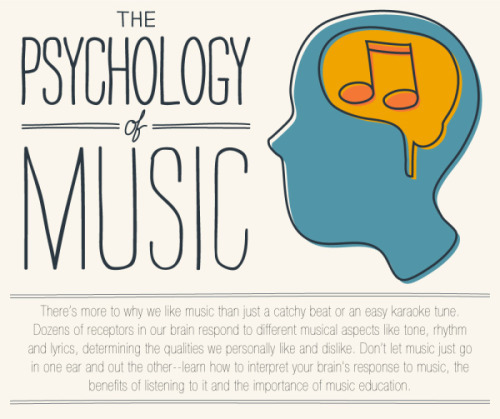
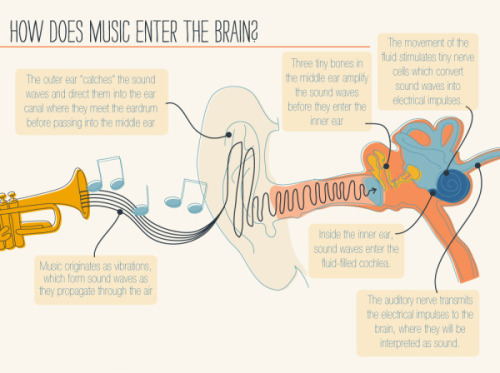
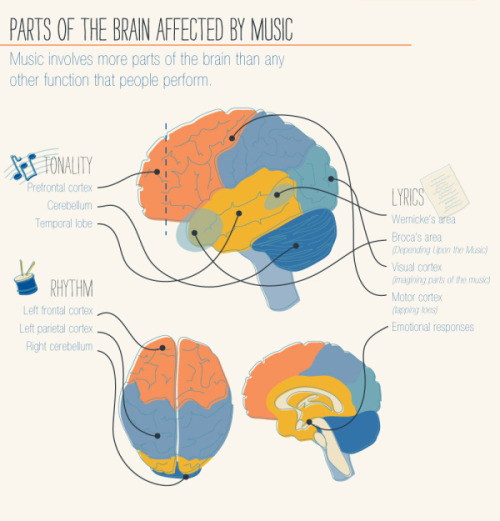
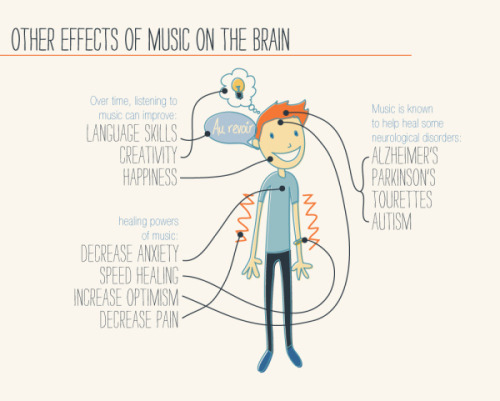
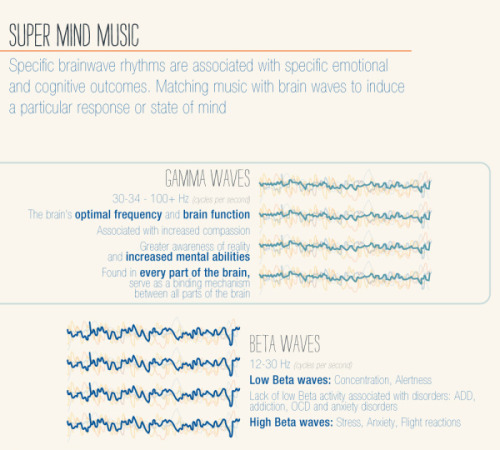
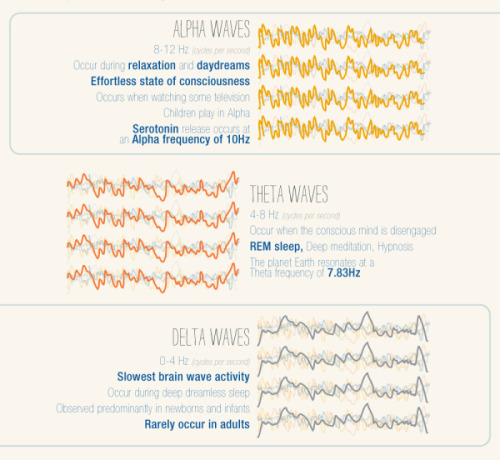
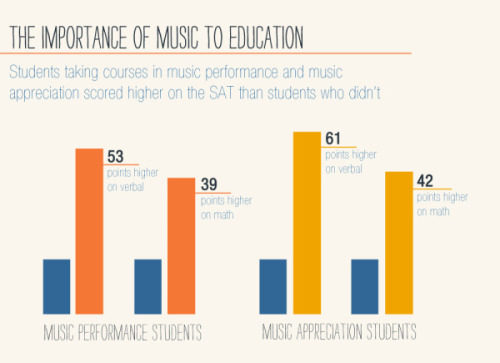
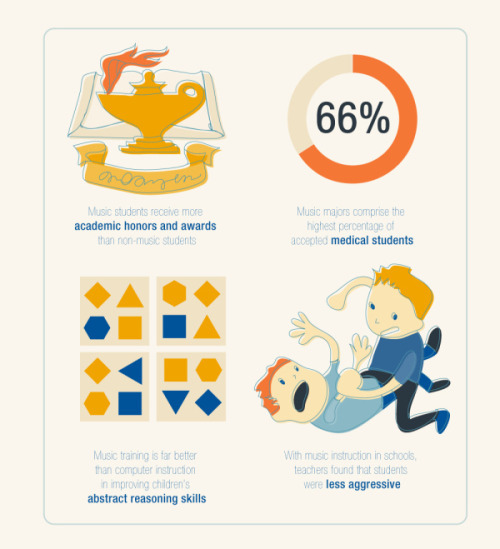


For more posts like these, go to @mypsychology
Incoming! We’ve Got Science from Jupiter!
Our Juno spacecraft has just released some exciting new science from its first close flyby of Jupiter!

In case you don’t know, the Juno spacecraft entered orbit around the gas giant on July 4, 2016…about a year ago. Since then, it has been collecting data and images from this unique vantage point.

Juno is in a polar orbit around Jupiter, which means that the majority of each orbit is spent well away from the gas giant. But once every 53 days its trajectory approaches Jupiter from above its north pole, where it begins a close two-hour transit flying north to south with its eight science instruments collecting data and its JunoCam camera snapping pictures.

Space Fact: The download of six megabytes of data collected during the two-hour transit can take one-and-a-half days!

Juno and her cloud-piercing science instruments are helping us get a better understanding of the processes happening on Jupiter. These new results portray the planet as a complex, gigantic, turbulent world that we still need to study and unravel its mysteries.
So what did this first science flyby tell us? Let’s break it down…
1. Tumultuous Cyclones

Juno’s imager, JunoCam, has showed us that both of Jupiter’s poles are covered in tumultuous cyclones and anticyclone storms, densely clustered and rubbing together. Some of these storms as large as Earth!

These storms are still puzzling. We’re still not exactly sure how they formed or how they interact with each other. Future close flybys will help us better understand these mysterious cyclones.

Seen above, waves of clouds (at 37.8 degrees latitude) dominate this three-dimensional Jovian cloudscape. JunoCam obtained this enhanced-color picture on May 19, 2017, at 5:50 UTC from an altitude of 5,500 miles (8,900 kilometers). Details as small as 4 miles (6 kilometers) across can be identified in this image.

An even closer view of the same image shows small bright high clouds that are about 16 miles (25 kilometers) across and in some areas appear to form “squall lines” (a narrow band of high winds and storms associated with a cold front). On Jupiter, clouds this high are almost certainly comprised of water and/or ammonia ice.
2. Jupiter’s Atmosphere
Juno’s Microwave Radiometer is an instrument that samples the thermal microwave radiation from Jupiter’s atmosphere from the tops of the ammonia clouds to deep within its atmosphere.

Data from this instrument suggest that the ammonia is quite variable and continues to increase as far down as we can see with MWR, which is a few hundred kilometers. In the cut-out image below, orange signifies high ammonia abundance and blue signifies low ammonia abundance. Jupiter appears to have a band around its equator high in ammonia abundance, with a column shown in orange.

Why does this ammonia matter? Well, ammonia is a good tracer of other relatively rare gases and fluids in the atmosphere…like water. Understanding the relative abundances of these materials helps us have a better idea of how and when Jupiter formed in the early solar system.
This instrument has also given us more information about Jupiter’s iconic belts and zones. Data suggest that the belt near Jupiter’s equator penetrates all the way down, while the belts and zones at other latitudes seem to evolve to other structures.
3. Stronger-Than-Expected Magnetic Field

Prior to Juno, it was known that Jupiter had the most intense magnetic field in the solar system…but measurements from Juno’s magnetometer investigation (MAG) indicate that the gas giant’s magnetic field is even stronger than models expected, and more irregular in shape.

At 7.766 Gauss, it is about 10 times stronger than the strongest magnetic field found on Earth! What is Gauss? Magnetic field strengths are measured in units called Gauss or Teslas. A magnetic field with a strength of 10,000 Gauss also has a strength of 1 Tesla.

Juno is giving us a unique view of the magnetic field close to Jupiter that we’ve never had before. For example, data from the spacecraft (displayed in the graphic above) suggests that the planet’s magnetic field is “lumpy”, meaning its stronger in some places and weaker in others. This uneven distribution suggests that the field might be generated by dynamo action (where the motion of electrically conducting fluid creates a self-sustaining magnetic field) closer to the surface, above the layer of metallic hydrogen. Juno’s orbital track is illustrated with the black curve.
4. Sounds of Jupiter
Juno also observed plasma wave signals from Jupiter’s ionosphere. This movie shows results from Juno’s radio wave detector that were recorded while it passed close to Jupiter. Waves in the plasma (the charged gas) in the upper atmosphere of Jupiter have different frequencies that depend on the types of ions present, and their densities.
Mapping out these ions in the jovian system helps us understand how the upper atmosphere works including the aurora. Beyond the visual representation of the data, the data have been made into sounds where the frequencies and playback speed have been shifted to be audible to human ears.
5. Jovian “Southern Lights”

The complexity and richness of Jupiter’s “southern lights” (also known as auroras) are on display in this animation of false-color maps from our Juno spacecraft. Auroras result when energetic electrons from the magnetosphere crash into the molecular hydrogen in the Jovian upper atmosphere. The data for this animation were obtained by Juno’s Ultraviolet Spectrograph.

During Juno’s next flyby on July 11, the spacecraft will fly directly over one of the most iconic features in the entire solar system – one that every school kid knows – Jupiter’s Great Red Spot! If anybody is going to get to the bottom of what is going on below those mammoth swirling crimson cloud tops, it’s Juno.

Stay updated on all things Juno and Jupiter by following along on social media: Twitter | Facebook | YouTube | Tumblr
Learn more about the Juno spacecraft and its mission at Jupiter HERE.
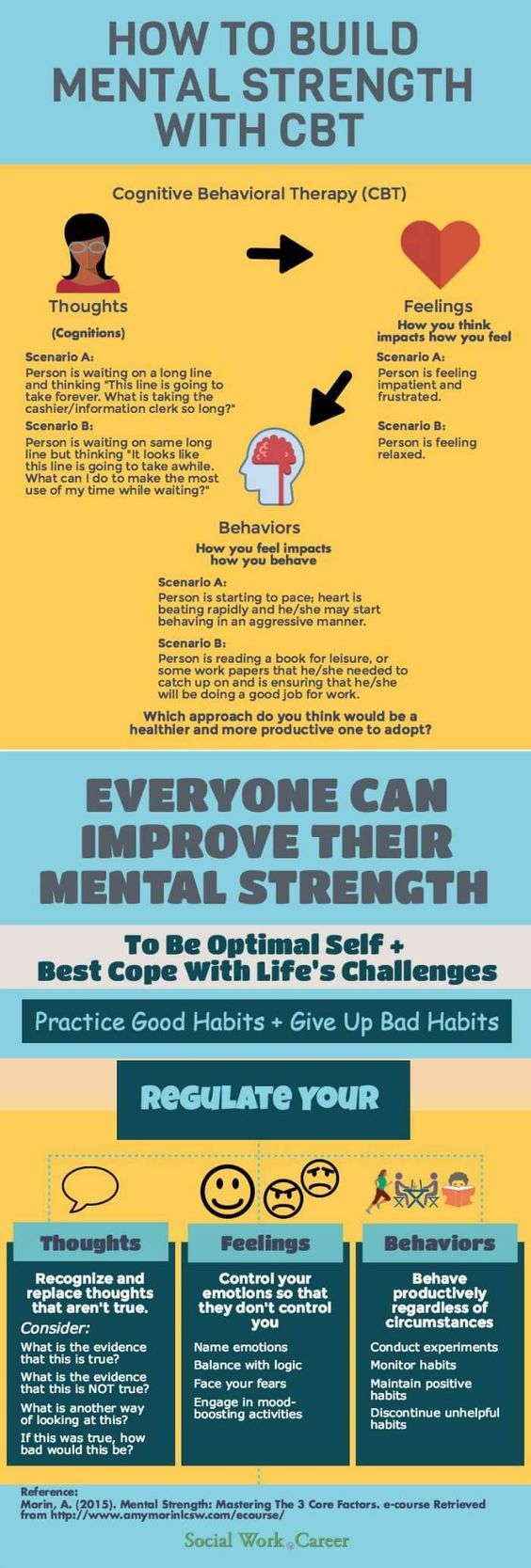


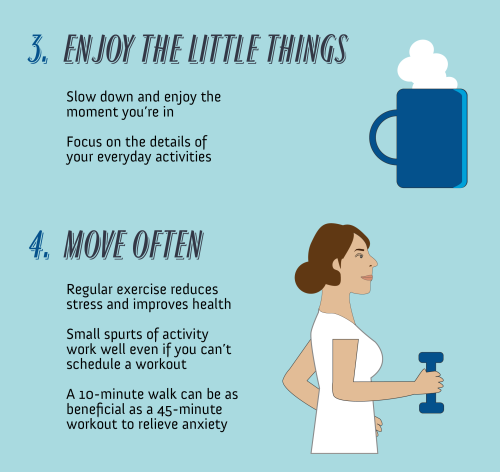
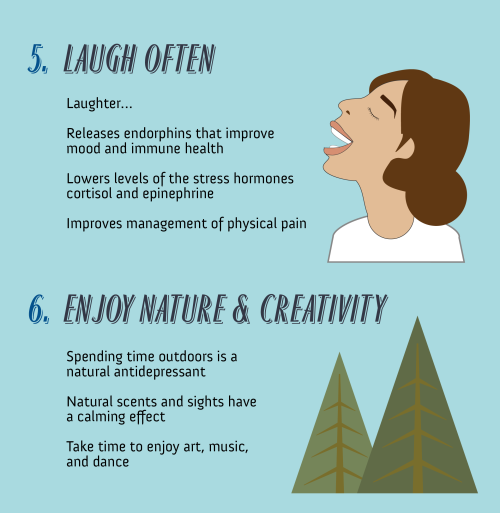
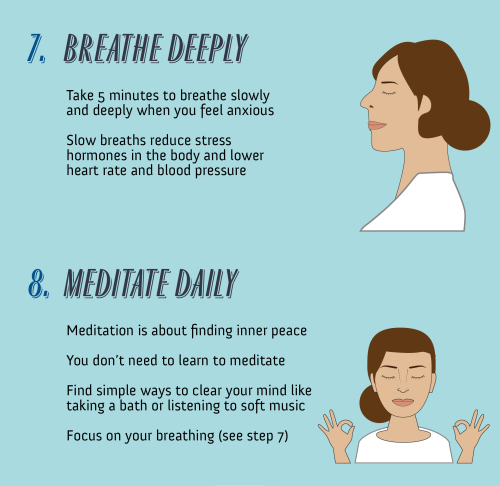
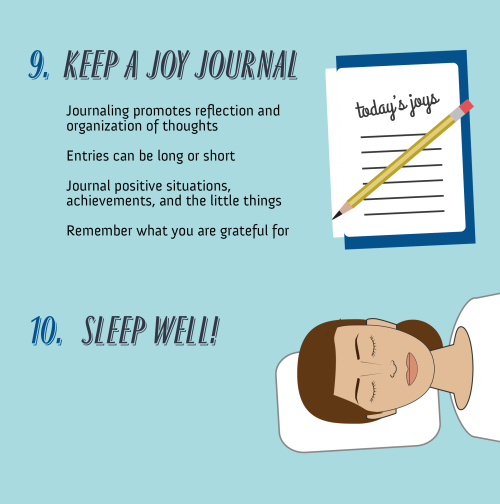

For more posts like these, go to @mypsychology
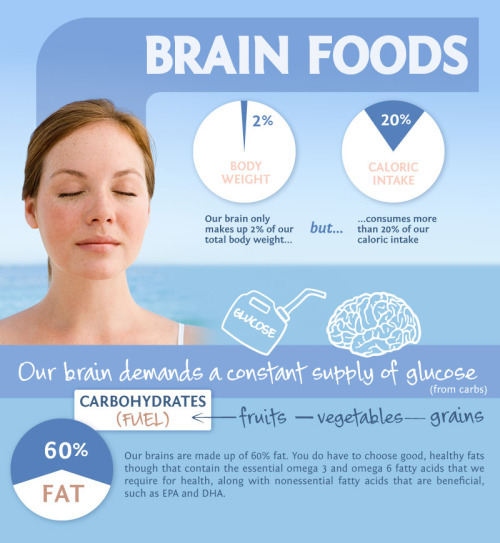
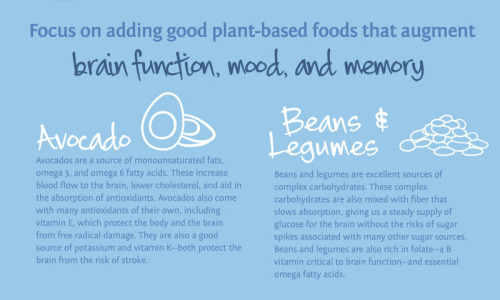


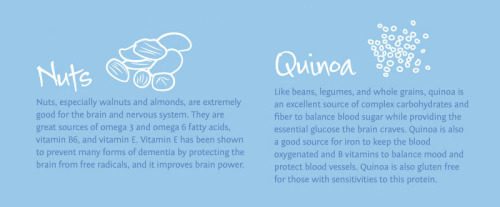
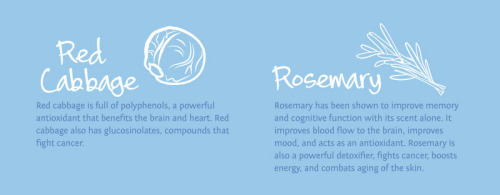

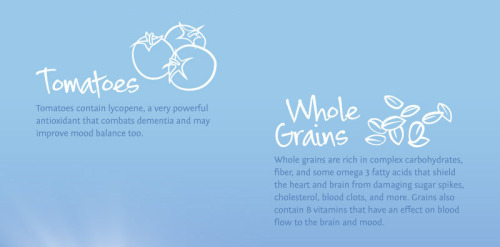

For more posts like these, go to @mypsychology
-
 blacknerdinspiration reblogged this · 3 years ago
blacknerdinspiration reblogged this · 3 years ago -
 63paris liked this · 4 years ago
63paris liked this · 4 years ago -
 phobiusq liked this · 5 years ago
phobiusq liked this · 5 years ago -
 firemafia reblogged this · 5 years ago
firemafia reblogged this · 5 years ago -
 vestigial-wanderer liked this · 5 years ago
vestigial-wanderer liked this · 5 years ago -
 cactsuss liked this · 5 years ago
cactsuss liked this · 5 years ago -
 wolf69sthings liked this · 5 years ago
wolf69sthings liked this · 5 years ago -
 jasper-the-furry-skeleton liked this · 5 years ago
jasper-the-furry-skeleton liked this · 5 years ago -
 celestiatheicemage liked this · 5 years ago
celestiatheicemage liked this · 5 years ago -
 genesis000 liked this · 5 years ago
genesis000 liked this · 5 years ago -
 riceaross liked this · 5 years ago
riceaross liked this · 5 years ago
